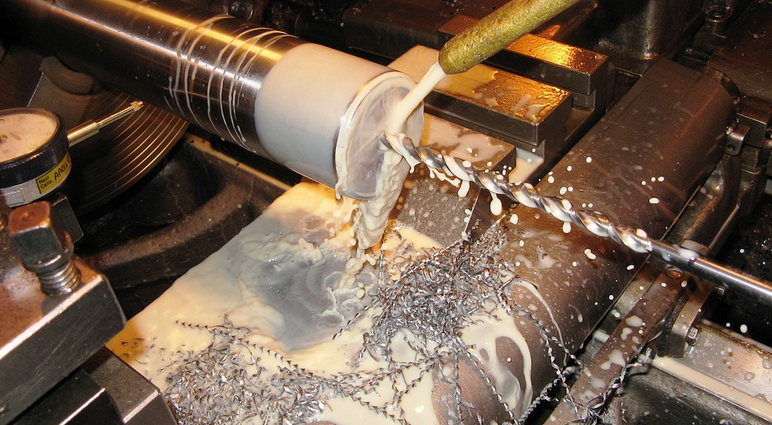Understanding the Basics
Tig welding, short for “Gas tungsten arc welding,” is a popular and versatile welding technique that utilizes an electric arc between a tungsten electrode and base metal to create a strong and durable weld. But like any skilled craft, success in tig welding demands more than just hot metal and careful hand movements. It involves understanding the nuances of filler rods, each with its own unique properties and compatibility with specific applications. This guide explores the world of tig welding filler rods, providing you with invaluable insights into selecting the right materials for your project.
The Importance of Filler Rods
Filler rods play a critical role in tig welding. They are essentially the “glue” that binds together different sections of metal during the welding process. Imagine trying to build a house without bricks and mortar – it would be quite impossible! Similarly, without filler rods, your weld wouldn’t hold its desired shape or be able to withstand heavy-duty pressure. Filler rods come in various metals, each with their own melting points and properties that influence the final weld.
What Makes Filler Rods Different?
The world of filler rods is diverse, offering a wide range of options tailored for different welding requirements. Here’s a closer look at some key characteristics:
- **Base Metals:** Filler rods are categorized by the base metal they were originally made from—like stainless steel or mild steel. This influences their melting points and how they interact with your base material during welding.
- **Alloying Elements:** Some filler rods contain extra ingredients like nickel, chromium, or manganese to boost their strength, corrosion resistance, or heat tolerance.
- **Welding Position:** Different welding positions (flat, vertical, overhead) often demand specific filler rod types to ensure smooth and consistent welds.
How to Choose the Right Filler Rod
Selecting the optimal filler rod isn’t just about choosing a random metal. It requires careful consideration of the welding process, materials you are working with, and the specific application. Here’s how to navigate this crucial step:
- **Project Material:** Before you even think about filler rods, identify your base metal (like steel or aluminum). The type of metal dictates which rod is best suited for a strong weld.
- **Welding Position:** Vertical work requires different filler rods than horizontal welding. This difference in position can impact the rod’s geometry and how it melts during the process.
- **Application:** Are you building a car frame, an industrial pipe, or creating intricate jewelry? Knowing your application will help you choose a rod that aligns with your project’s specific requirements.
Filler Rod Chart: Your Ultimate Guide
For those who need a visual guide for selecting the right filler rods, a chart can be invaluable. It offers a convenient visual comparison of different types of filler rods based on various factors like base metal, welding position, and application:
**[Insert PDF Link to Tig Welding Filler Rod Chart]**.
Understanding the Chart’s Significance
While charts are excellent tools for quick reference, it’s important to understand what they offer. A good filler rod chart:
- **Offers a visual representation of various welding rods.** This allows you to quickly identify and compare different options based on their composition.
- **Explains the melting points and properties of each rod.** This ensures that you choose a suitable rod for your project, avoiding any complications in the welding process.
- **Provides welding positions and applications as guides.** It helps avoid using incorrect rods for specific situations.
Beyond the Basics: Additional Tips
While charts provide a solid foundation, there’s always more to learn about tig welding filler rods:
- **Consult with Welding Experts:** Seeking advice from experienced welders or engineers can be invaluable for understanding nuanced aspects of choosing the right rod.
- **Experiment:** Don’t hesitate to experiment with different types of filler rods on small-scale projects to see how they behave and adapt your welding process accordingly.
Remember, tig welding is about precision, control, and expertise. This guide acts as a jumping-off point for your journey towards mastering this skill. By understanding the basics and incorporating these tips into your workflow, you’ll be well on your way to achieving exceptional results!
